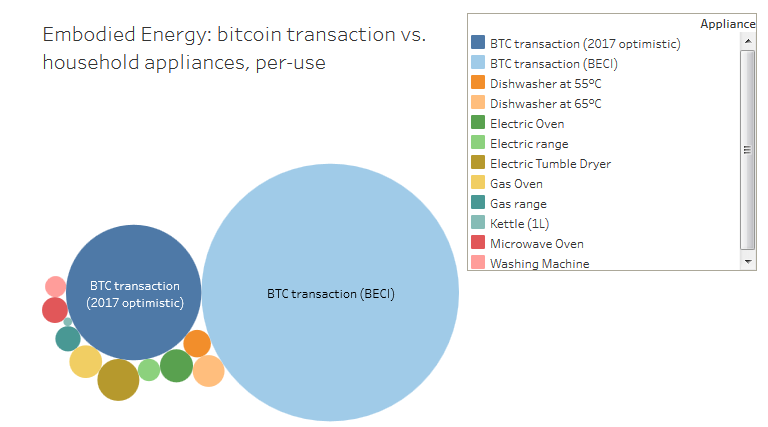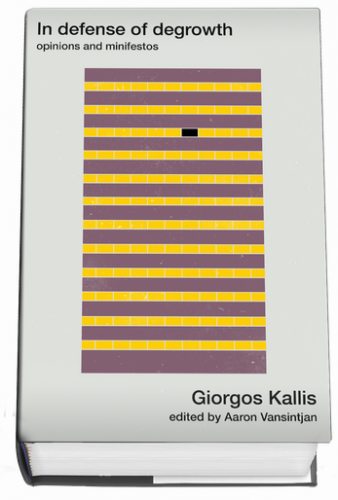Environmental scientist Giorgos Kallis in Knowable Magazine:
“We know there were civilizations that flourished in periods where they did not necessarily expand economically. Greece in the classical period would be an example. And many civilizations tried to put limits on how much money an individual could accumulate, or how much money you can lend, or interest rates. We have examples where we know society tried to limit and tame this self-perpetuating character of growth. And we know there are societies that flourished without having constant growth.”
“The easy but stupid critique to that is, “Oh, you want us to go back and be like hunter-gatherers or live like the Romans?” No, that’s not the point. We’re not saying look at how other civilizations are better, we’re saying let’s study other civilizations to get ideas about how things could potentially work differently in our society”.
Do you think we’ll get this figured out in time?
“I’m not optimistic. To think that tomorrow people will wake up and come to their senses and realize that climate change is a huge problem and economic growth is unnecessary, and take action on that? No, I don’t think this will happen. But this doesn’t make me a pessimist. History has always been dire. I don’t think I’d be better off living 100 years ago, having two world wars in front of me, or facing famines. History never stops, and constantly there’s a moment of fighting for things to be better.”
“The last 200 years, we lived in a capitalist society where growth is fundamental for the stability of the system. Maybe there is no alternative, and the only way is to have growth. If this is becoming catastrophic, what do we do? Do we bow our heads to catastrophe, to disaster, or can we think outside of that? We know that we humans are very inventive. Why can’t we think of alternatives? Why is this the only thing where we can’t think differently?”








